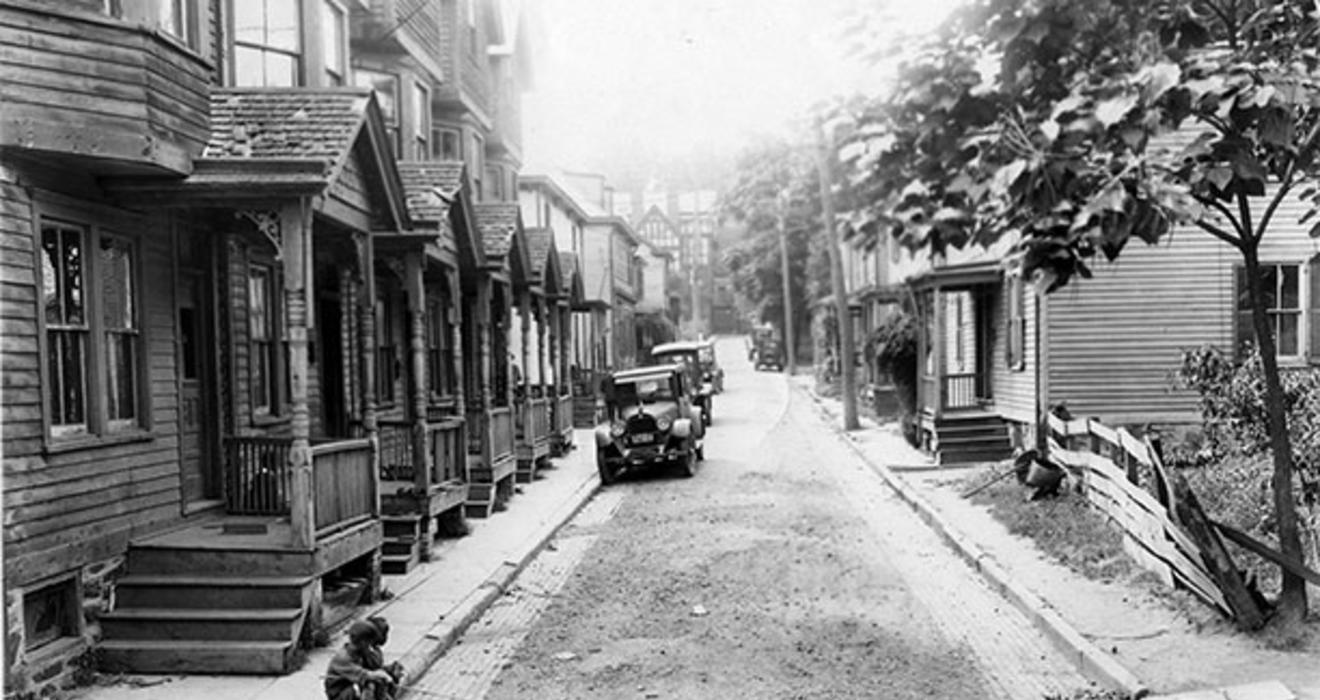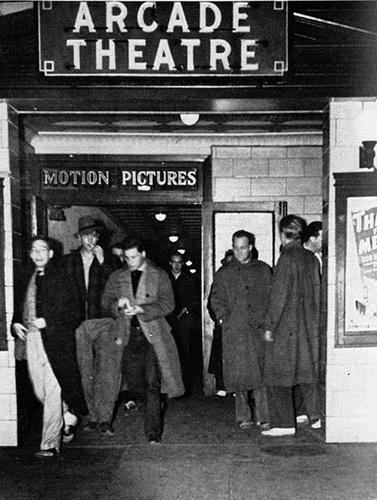
Going back to the ’30s
“Princeton has furnished its full quota to the army of the unemployed,” began the 1931 report of the local Community League, a civic group. That’s one view of the town during the Depression years, which come to life — through photographs, documents, and artifacts, including what’s said to be Albert Einstein’s favorite chair — in an exhibition at the Historical Society of Princeton. While life at the University continued pretty much as usual (though a newspaper article on display notes the increased demand for financial aid), the years were harsher for townsfolk. The Community League mounted relief drives to help feed and clothe the needy, and Italian immigrants who had come to build Princeton’s collegiate gothic campus found themselves out of work when construction wound down. The beginning of the decade saw the founding of the Institute for Advanced Study; the end, the creation of Palmer Square, which displaced many poor and minority residents. And after the Depression years led into the war years, changes would come even more furiously, with school desegregation, massive growth at the University, and farmland giving way to development, says Eileen Morales, the exhibition curator. “The 1930s in Princeton,” she says, “were in many ways the end of an era in the town’s history.”
“Princeton in the 1930s” runs through July 13, 2008, at Bainbridge House, 158 Nassau St., in Princeton. Admission is free. For more information, call (609) 921-6748 or visit www.princetonhistory.org.Photos courtesy Historical Society of Princeton
SEVENTY-NINE PUNCH — From The Gun Club Drink Book, 1939
This punch, named in honor of the Class of '79 (Princeton), was very often concocted by Buster Lewis, well-beloved Boniface of the "Old Nas" (the historic Nassau Inn at Princeton).
Formula:
One pint fresh lemon juice
One pint fresh cognac brandy
One pint Jamaica rum
4 ounces Imported curacao
4 ounces imported yellow chartreuse
4 ounces imported maraschino
Sweeten to taste
2 quarts imported champagne
1 quart Burgundy (presumably imported also)
1 quart carbonated water
Mix lemon juice, brandy, rum, curacao, chartreuse, maraschino and sugar. Set this in ice box for two or three hours or longer, then add champagne and then carbonated water. Put one solid piece of ice in punch bowl and stir until thoroughly cold. Fresh-cut fruit may be added if desired and if not strong enough (who shall be the judge?), add one pint of good whiskey. (Better add it anyhow to be sure.) In case one should want to use domestic wines, it will be OK, but or course imported wines are much preferable. (And more expensive.)










No responses yet